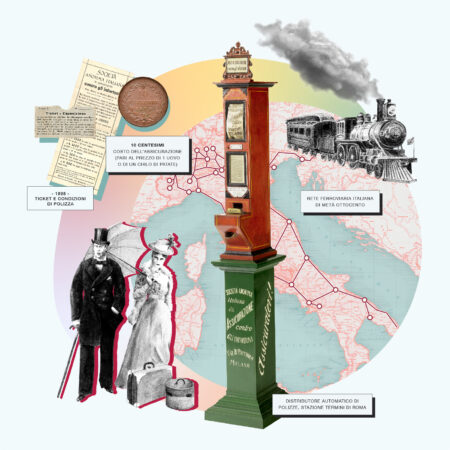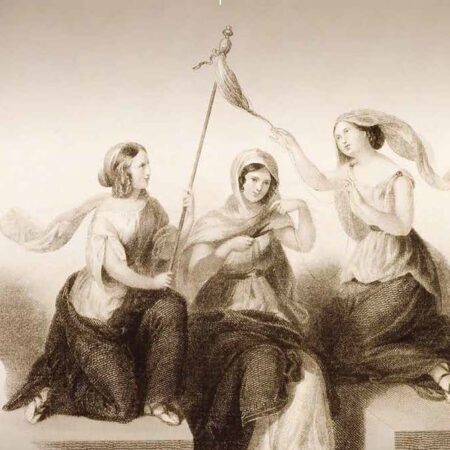Two Centuries of History
Generali tells its almost two-century-long story through a fascinating journey filled with videos, podcasts, infographics, design posters, historical fact sheets and artistic photographs of items and documents from its own cultural heritage.
















